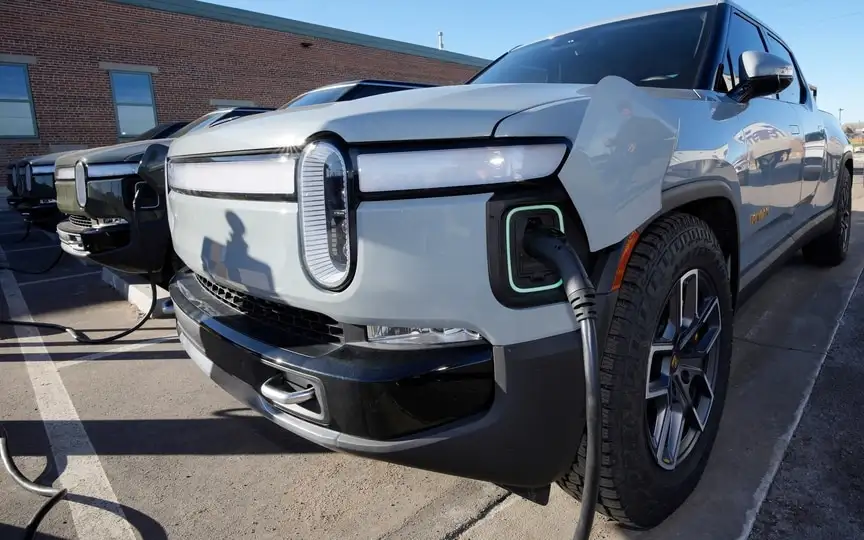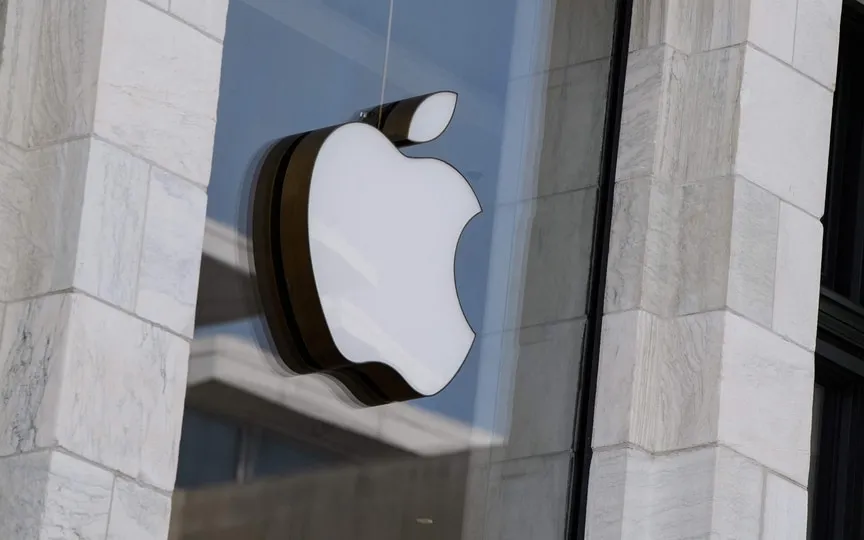EV Battery Lifespan: How Long Will It Last?
The circular economy’s viability is being questioned due to the competition for battery packs and cell materials, as well as the demand for affordable cars, despite global automakers promoting their intentions to recycle electric vehicle (EV) batteries.
A group of startups offers second-life energy storage with old electric car batteries.
But creating a viable industry, as envisioned by automakers like Nissan, would mean rejecting the needs of recyclers, restorers and drivers squeezed by the cost of living crisis.
“The assumption that EV batteries only last 8-10 years and then owners would replace them is just not true,” said Hans Eric Melin, founder of Circular Energy Storage (CES), a consultancy that tracks battery availability and prices. , said. “It’s going to be tricky to get another life to work.”
Although it is a possible solution for buses, trucks and other commercial vehicles, reusing passenger car batteries at scale will take longer.
The idea of storing the energy of another life is simple in theory.
When the capacity of electric batteries drops below 80-85% after 8-10 years of use, they are theoretically used as a source of electricity for buildings or even to balance local and national energy grids.
According to Reuters calculations, investors who believe in the circular economy, where products and materials are repaired and reused, have funded approximately one billion dollars to nearly 50 startup companies worldwide.
In addition, car manufacturers from Mercedes to Nissan have established their own second life functions.
The problem is the lack of batteries for old electric cars, which shows no signs of abating.
The rise in the average age of fossil-fueled cars on the road — now a record 12.5 years in the U.S., according to S&P Global Mobility — suggests that many electric cars will remain on the road for years to come, even when their batteries run out.
“The 80 percent threshold is an arbitrary number that does not reflect the actual use of EVs,” CES’s Melin said.
While electric cars from a decade ago are still in use, Elmar Zimmerling, head of automotive development at German end-of-life battery startup Fenecon, said there is “no market for end-of-life batteries at the moment,” although he predicts a “tsunami” in the next five years.
THE PRICE OF TWO NEW
The race to outfit electric vehicle batteries to power fossil-fueled classic cars to boats has pushed prices up to $235 per kilowatt-hour by the end of 2022, according to CES — about double the price major automakers pay for new batteries.
The long-range Tesla Model 3 has a 75 kWh battery. At that rate, it would cost $17,625 on the used market.
Car and battery manufacturers are increasingly offering energy storage systems with new batteries – from Tesla to British AMTE Power and even Croatian electric sports car manufacturer Rimac.
Although recycling consumes more energy and therefore carbon dioxide, it is also another form of competition for reuse, as the demand for cellular materials makes it economically compelling.
“The big question is, if you have quite valuable raw materials in a battery and you ask ‘how do I get the most out of it?’ the answer is that recycling could be better,” said Thomas Becker, BMW’s director of sustainability. BMW has a second-life battery warehouse at its Leipzig plant.
QUESTION CLOSED
The demand for used batteries intended for storage will probably increase rapidly as the share of renewable energy increases.
By 2030, global grid storage capacity may increase to 680 gigawatt hours from 16 GWh at the end of 2021, estimates the Paris-based International Energy Agency.
The UK alone pays around £1 billion ($1.27 billion) a year to shut down wind farms when the grid doesn’t need electricity – it’s not yet possible to store it due to battery shortages. It also often has to buy electricity from Europe when it is in short supply.
US startup Smartville has found a solution to buy packages of electric cars that have been removed by insurers. Because they are unable to assess the extent and cost of even minor damage to electric car batteries, entire cars, often with battery capacity close to 100%, have been scrapped.
CEO Antoni Tong estimates that more than 1 GWh of salvaged batteries will enter the US market annually by 2026.
He said the company tried to negotiate directly with insurance companies because it was often outbid by refurbishers and foreign buyers in rescue auctions for Tesla batteries.
LOSE NATURE
The biggest problem is that people keep their vehicles longer. Jonathan Rivera, a resident of Coeur d’Alene, Idaho, describes the challenge.
Last September, he became the third owner of a used 2011 Nissan Leaf he bought for $3,750.
After 12 years of use, the driving distance of the electric car had dropped to 64 kilometers from 120 miles.
That wasn’t a problem for Rivera, who used it to commute 18 miles to work and ditched the heater in the winter because it drained the battery.
He just sold the car for $3,000 to pay off credit card debt, but wants another used electric car.
“That car met 90% of my driving needs,” Rivera said. “If properly cared for, it should last another five, six years.”
Even if their owners part with them, many cars simply disappear – in the UK, for example, the figure is around 20 per cent – and are often sold abroad.
“A Nissan Leaf that’s been in the wild for 10 years – there’s very limited visibility of where the battery even is?” said Asad Hussain, partner at Mobility Impact Partners, a transportation-focused private equity firm. “How do you get it back?”
Commercial vehicles offer the best hope so far for second-life batteries, industry officials said.
For example, the London-based startup Zenobe cooperates with bus companies that want to switch to electricity. They buy the buses, but Zenobe buys and manages the battery and then takes it to energy storage.
As of 2017, Zenobe has raised approximately $1.2 billion in debt and equity financing. It owns 435 megawatt-hours of batteries in around 1,000 electric buses in the UK, Australia and New Zealand, which should grow to 3,000 buses by 2025.
Founding director Steven Meersman said that when the UK’s 40,000 buses are all electric, they will have 16 gigawatt hours of batteries, around a third of the UK’s peak demand in 2022.
“It’s a gigafactory on wheels waiting to happen,” he said.




